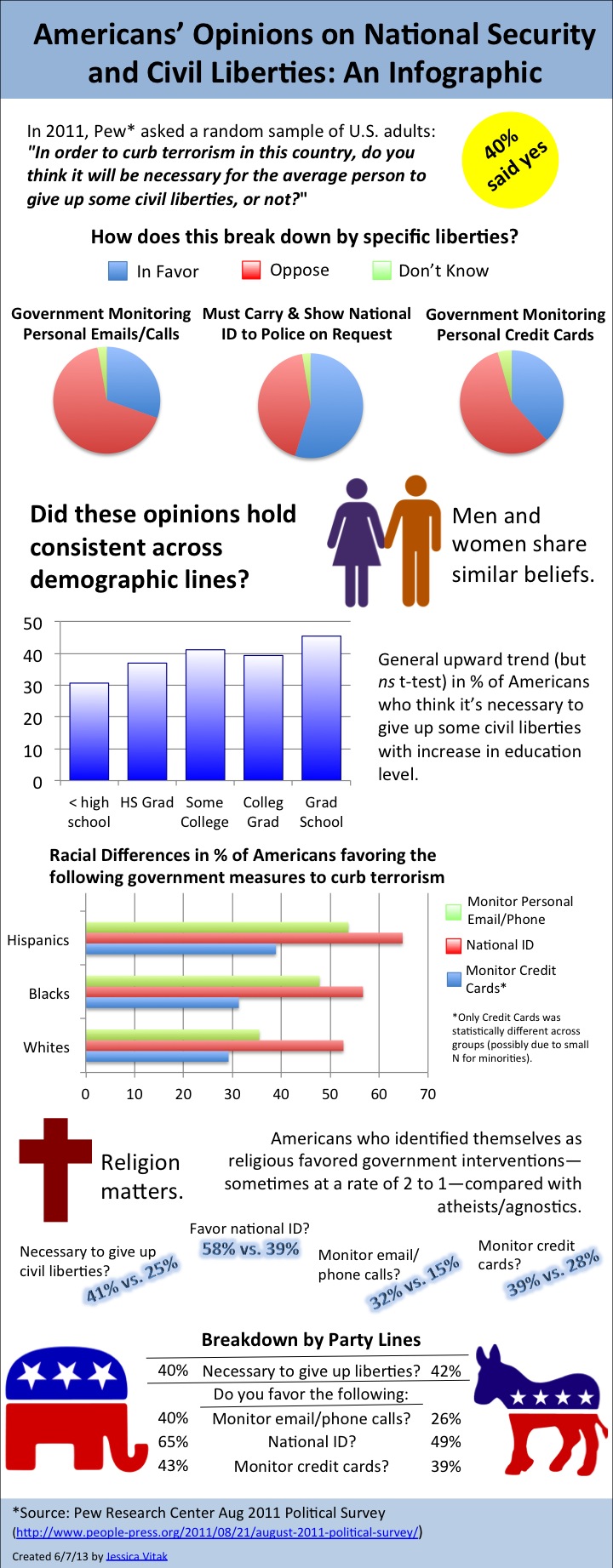Note: Last Updated November 2023 (link to PDF at bottom)
A few days ago on CNBC, I saw this article on a problem especially rampant in academia, and one that I’ve talked about on numerous occasions: the perception that successful academics never fail in their work. Every manuscript is accepted! Every grant proposal funded! Jobs are thrown at them. This (mis)perception is very much in line with one of my primary streams of research on how people engage in impression management/identity curation in digital spaces. On social media, this is often framed as FOMO (fear of missing out)—we see everyone around us living glamorous social, work, and family lives while we sit at home on a Friday night.
In academia, this framing of success can be problematic at multiple levels. First, for students just starting out, they may not be properly prepared for dealing with failure—which is more common than success on several metrics. If they assume success, the failures will be that much harder to process. I know of at least one graduate student (not from UMD) who did not finish her degree because she could not/did not want to deal with rejections of research she had put so much effort into. Did the program do her a disservice by not preparing her for the reality of academic publishing?
Don’t get me wrong—academia and the work atmosphere within academia are NOT for everyone. You develop a thick skin pretty fast or you get out. But something as simple as professors sharing their stories of failure or even preparing students when submitting research papers that the acceptance rates are very low (some under 10%) helping students find the journal that best fits topic AND quality rather than telling them to shoot for the moon and submit to the “best” journal in the field.
Melanie Stefan posted a blog in Nature in 2010 highlighting the benefits of sharing your failures with others. Transparency is so important to avoid false expectations and to prepare young academics for rejection. Beyond that, it’s important to highlight that EVERYONE fails. EVERYONE in academia gets rejections. Mark Granovetter’s canonical paper, The Strength of Weak Ties, was rejected at first. Joe Walther’s work on the hyperpersonal model—which has influenced hundreds of research papers in my field—was rejected from at least the first journal it was submitted to. In class, Joe shared share that his graduate advisor expressed serious concerns about his ability to become a successful academic; today, Walther is one of the most respected Communication scholars in the discipline.
While I am not nearly as well-known or established, I have experienced my fair share of academic rejections over the last decade, and I want to be as transparent as possible about these failures to show that for all my successes, they are complemented by a lot of rejections. Therefore, I’ve put together as comprehensive a list as possible of work-related rejections. My hope is that young academics will read this post and see that it is possible to be successful and fail regularly—and that failure is OKAY! I also hope to encourage other academics to be more open about their struggles to provide a more realistic portrayal of academic life.

 BOOK REVIEW OF: boyd, d. (2014). It’s complicated: The social lives of networked teens. New Haven, CT: Yale University Press. 271 pages.
BOOK REVIEW OF: boyd, d. (2014). It’s complicated: The social lives of networked teens. New Haven, CT: Yale University Press. 271 pages.